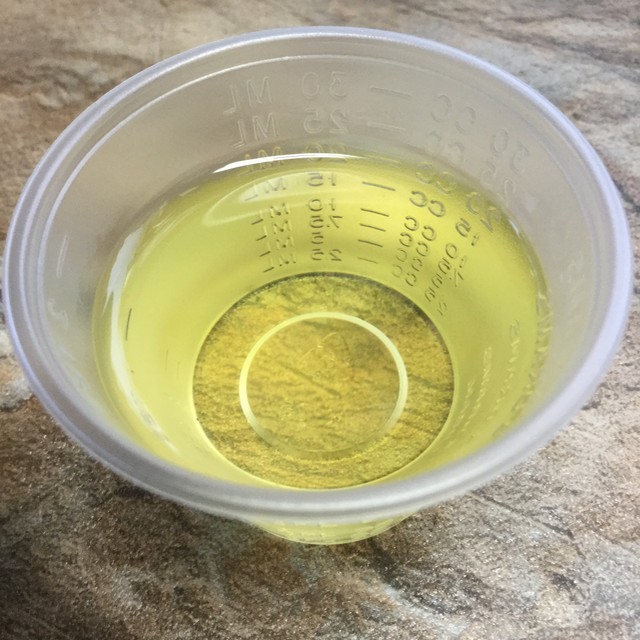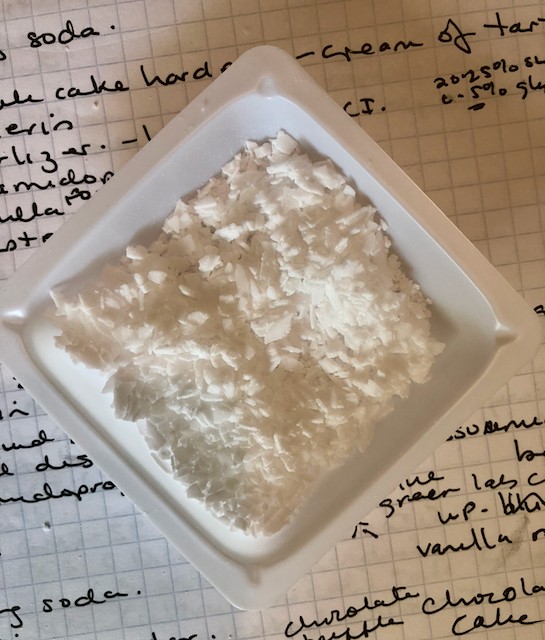What are esters? Part one: The chemistry and nomenclature
You might remember our series to figure out what a polar oil might be – part one, hydrocarbons and part two, polar oils – as we struggled to make that darned TKB Thickening clay work. This was supposed to be part three at the time, but we went on holiday and the computer died and...


